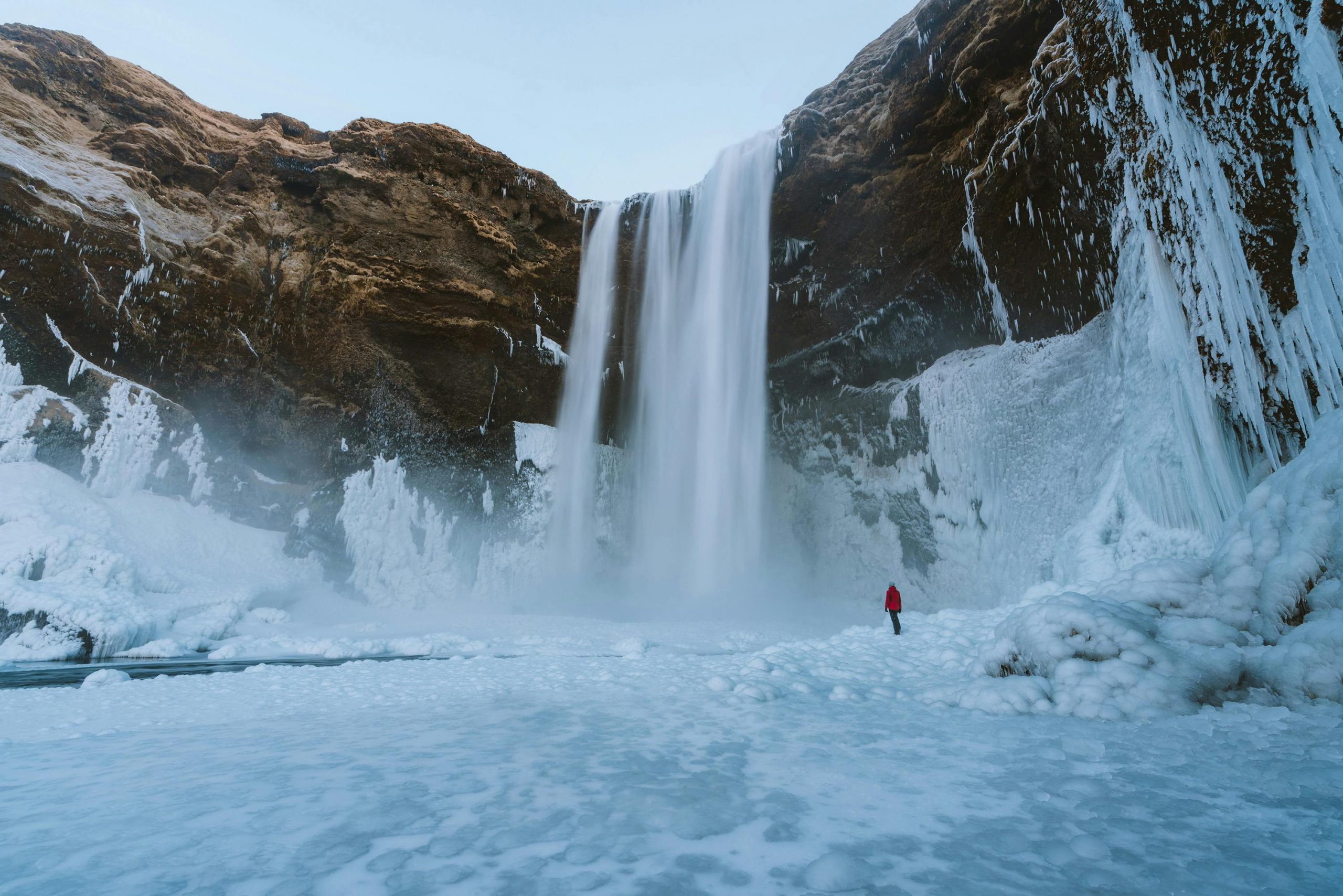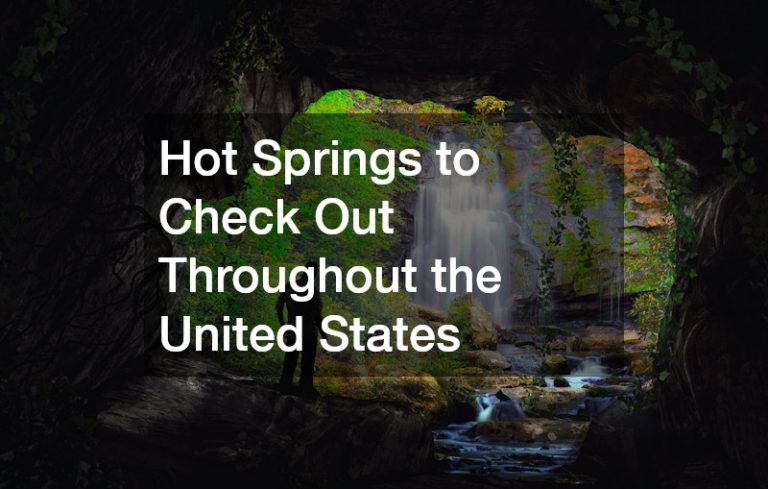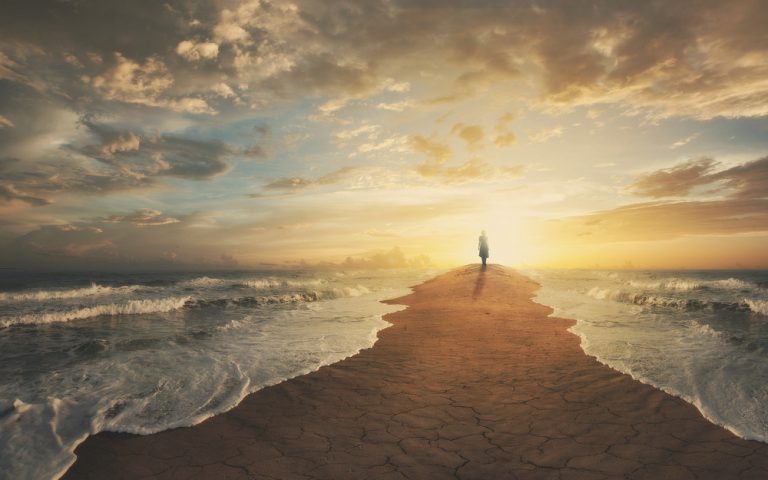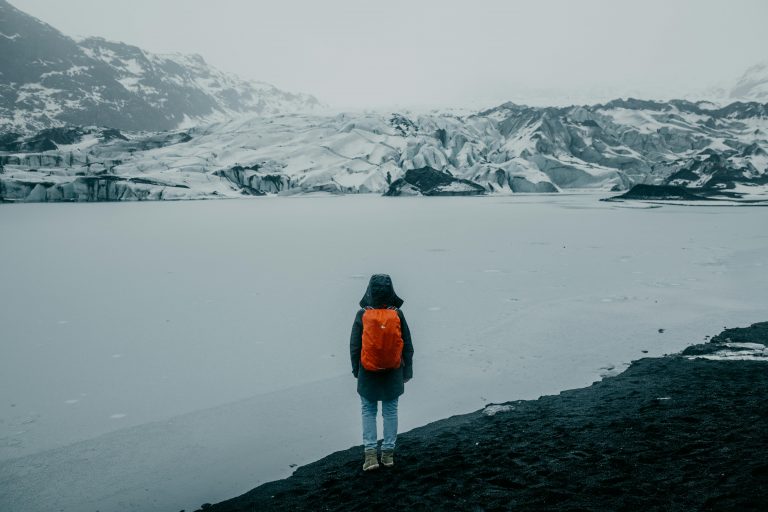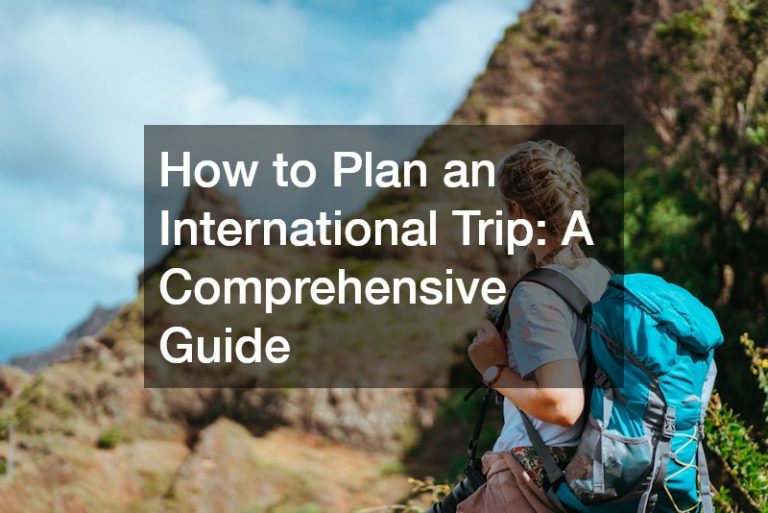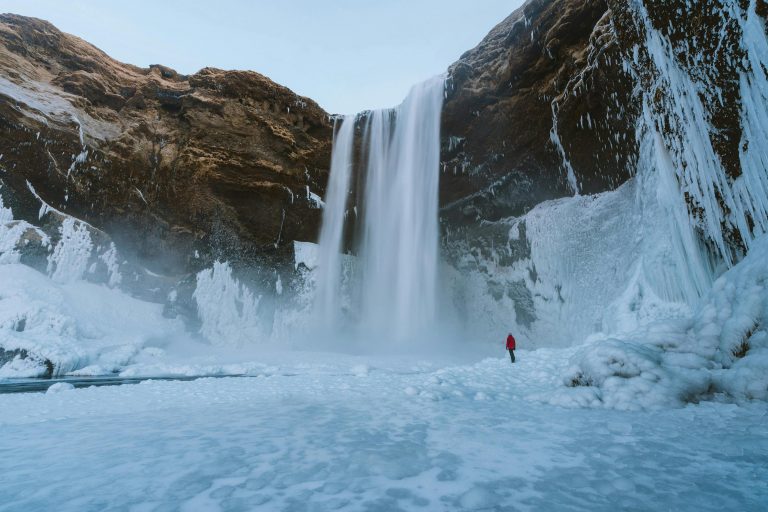Dreaming of exploring Iceland’s surreal landscapes—its volcanoes, glaciers, waterfalls, and black sand beaches? You’re not alone. Iceland is a bucket-list destination for nature lovers, photographers, and adventure seekers alike. But here’s the big question: When’s the best time to visit Iceland?
The answer isn’t one-size-fits-all. It depends on what you want to see and do, how much you want to spend, and how comfortable you are with unpredictable weather. Each season in Iceland offers unique advantages—and a few drawbacks.
This guide breaks down the pros and cons of visiting Iceland in every season to help you plan your perfect trip.
Why Does Season Matter So Much in Iceland?
Iceland experiences dramatic seasonal changes. The weather, daylight hours, road accessibility, and available activities can vary wildly between summer and winter. You’ll want to consider:
- Daylight hours (as short as 4 hours or as long as 24)
- Road conditions (especially in winter)
- Event calendars
- Wildlife activity (think puffins and whales)
- Prices and crowd levels
Let’s break down what each season brings—and whether it’s the best time for your Iceland experience.
Visiting Iceland in Winter (December to February)
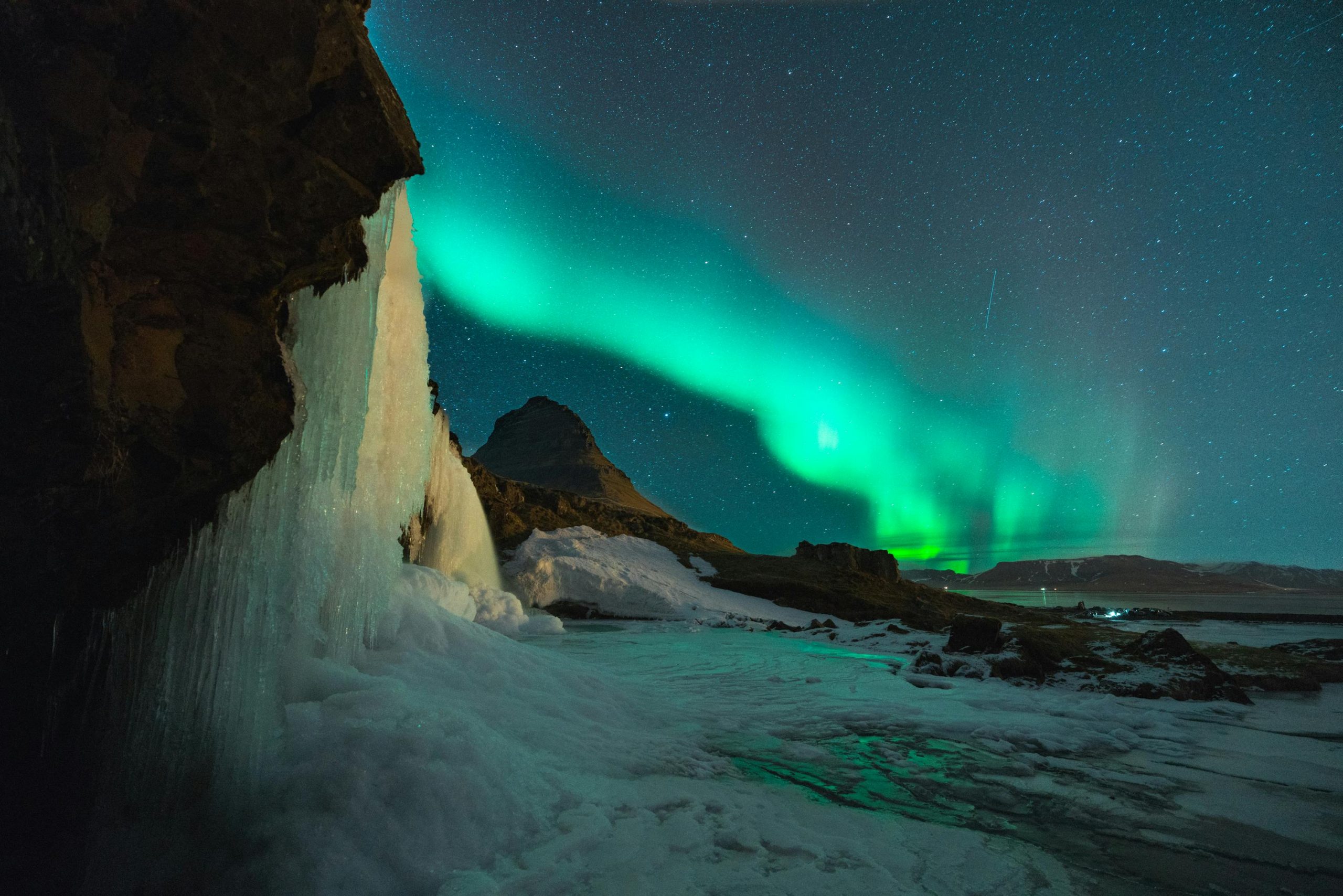
Pros:
1. Northern Lights viewing at its best
The long, dark nights of winter offer the best opportunity to see the aurora borealis. With minimal light pollution outside the cities, you’ll get incredible chances to watch green and purple lights dance across the sky—especially in January and February.
2. Snowy landscapes
Iceland in winter looks like a fantasy world. Think frozen waterfalls, snow-blanketed lava fields, and ice-covered volcanoes. These dramatic scenes make winter a favorite for photographers and anyone looking for that magical “Game of Thrones” aesthetic.
3. Ice caves open to visitors
Winter is the only time natural ice caves are safe to enter. These glittering blue caverns form in glaciers and can only be explored with a guided tour, often from mid-November through March.
4. Fewer tourists
You won’t be jostling for space at Skógafoss or the Blue Lagoon. With fewer travelers around, it’s easier to enjoy Iceland’s popular attractions at your own pace.
5. Lower airfare and hotel rates
Winter is off-peak for tourism, so flights and accommodations are usually cheaper. It’s a great time to visit Iceland on a budget—just avoid the Christmas and New Year holidays when prices spike.
Cons:
1. Unpredictable weather
Icelandic winters are infamous for sudden storms, strong winds, and blowing snow. The weather can change within minutes, making it risky for long drives or spontaneous hikes.
2. Limited daylight
In December, Iceland gets as little as 4–5 hours of daylight. While this means longer nights for aurora hunting, you’ll need to plan your sightseeing carefully to make the most of each short day.
3. Road closures
The Highlands and other remote areas are inaccessible in winter. Snow and ice often shut down roads, especially in the interior, limiting where you can safely drive.
4. Fewer tours and activities
Some adventures—like interior hikes or puffin-watching—aren’t possible in winter. While ice cave tours and some whale-watching continue, options are fewer compared to other seasons.
Best For:
- Travelers chasing the Northern Lights
- Photographers seeking moody, dramatic landscapes
- Budget travelers avoiding peak-season costs
Visiting Iceland in Spring (March to May)
Pros:
1. Increasing daylight
Spring brings noticeably longer days. By May, you’ll enjoy up to 16 hours of daylight—perfect for road trips and long hikes without rushing against the sunset.
2. Spring thaw reveals nature
Melting snow unveils the island’s lush, green moss, gushing waterfalls, and valleys waking up from the cold. It’s a striking contrast from winter’s icy grip and a beautiful time to visit.
3. Fewer crowds
Spring is shoulder season, which means popular spots like Þingvellir and Reynisfjara Beach are less crowded. You’ll have a more relaxed experience compared to the busy summer months.
4. Lower prices
While not quite as cheap as winter, spring still offers better deals on flights and accommodations compared to summer. Many budget-conscious travelers aim for April or early May.
5. Seasonal activities return
Whale watching resumes, migratory birds start to arrive, and more hiking trails begin to reopen. It’s a transitional period where you can get the best of both winter and summer.
Cons:
1. Unpredictable conditions
Don’t pack away your winter gear just yet. Snowstorms and cold snaps can still hit in March and April, and the weather can swing between sunshine and sleet within hours.
2. Muddy trails and road closures
As snow melts, it leaves behind muddy, washed-out trails and sometimes impassable roads. This is especially true for interior routes and hiking paths.
3. Still chilly
Spring in Iceland is not warm by most standards. Temperatures range from -1°C to 10°C (30–50°F). While it’s milder than winter, you’ll still need warm layers.
Best For:
- Travelers who want a quiet trip without deep winter cold
- Wildlife lovers excited for whale watching
- Budget-conscious adventurers
Visiting Iceland in Summer (June to August)
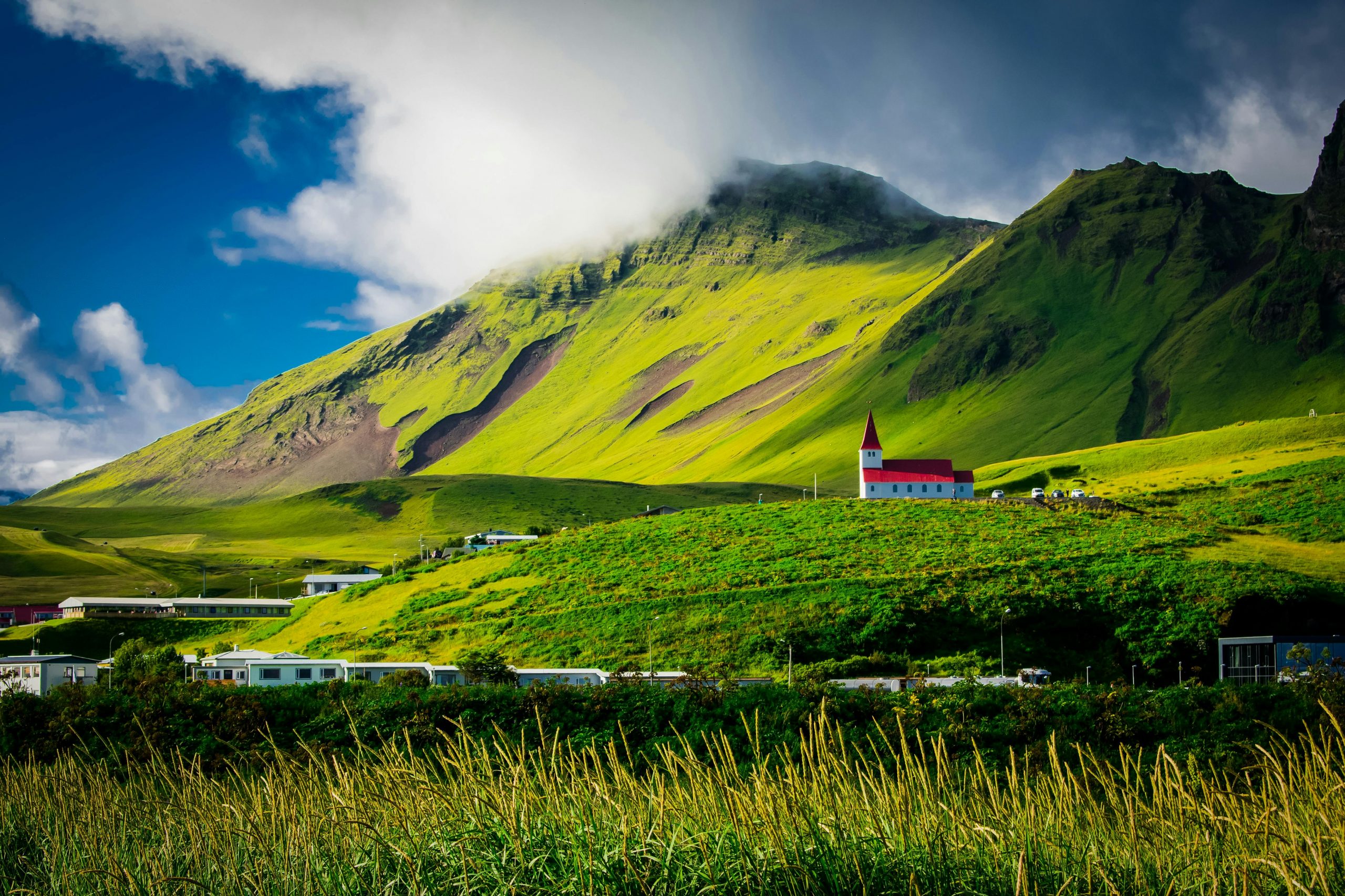
Pros:
1. Midnight sun magic
From mid-June to early July, the sun never fully sets. You’ll experience near 24-hour daylight, which makes it possible to explore, hike, and photograph late into the “night.”
2. All roads open
Once the snow clears, even the remote Highlands and interior routes like F-roads are accessible. This is the only time of year you can truly see every corner of Iceland.
3. Perfect for road trips
With mild weather and clear roads, it’s the ideal time to drive the Ring Road or take detours to places like Landmannalaugar or the Westfjords.
4. Festivals and events
Summer is Iceland’s party season. Reykjavik hosts music festivals, outdoor gatherings, cultural events, and local celebrations in nearly every town.
5. Best weather of the year
Expect daily highs between 10–15°C (50–60°F), with occasional days topping 20°C (68°F). It’s pleasant, comfortable, and a far cry from Iceland’s usual chill.
Cons:
1. Peak tourist season
Summer draws the biggest crowds, especially to iconic sites like Gullfoss and Jökulsárlón. You’ll need to book hotels, tours, and car rentals far in advance.
2. Higher costs
Prices for everything—flights, accommodations, food, and activities—jump during the high season. Budget travelers may find summer the most expensive time to visit.
3. Midnight sun can affect sleep
If you’re sensitive to light, constant daylight may disrupt your sleep. Pack an eye mask and consider blackout curtains if you’re staying in Airbnb-style lodgings.
4. No Northern Lights
The sky never gets dark enough to see auroras. If this is a must for your trip, skip summer.
Best For:
- First-time visitors who want full access to everything
- Road trippers and campers
- Festival-goers and social travelers
Visiting Iceland in Fall (September to November)
Pros:
1. Northern Lights return
By September, darkness returns—and with it, the aurora borealis. You’ll have clearer, more stable weather than in deep winter, making fall a great compromise.
2. Fall colors paint the landscape
Iceland’s moss, shrubs, and tundra take on fiery gold, red, and orange hues. Combined with early snow on the mountaintops, the scenery is stunning for photography.
3. Fewer tourists
By late September, crowds thin out and prices drop. You can explore popular destinations without waiting in lines or sharing the view with tour buses.
4. Milder than winter
You’ll enjoy cooler temperatures (2–10°C or 35–50°F) without the harshness of January’s icy winds. Fall is a comfortable choice for those who want to avoid extremes.
5. Better deals
After summer, travel costs begin to ease. You’ll often find discounts on flights and hotels—especially in October and November.
Cons:
1. Shortening daylight
By November, daylight drops to just 5–6 hours. While that’s still enough for short excursions, it limits how far you can travel in a single day.
2. Weather gets moodier
Fall brings unpredictable weather: wind, rain, and early snow are all common. You’ll need to pack layers and be flexible with plans.
3. Road closures start again
By mid-October, interior routes close as snow returns. Highland access is once again off-limits until summer.
Best For:
- Aurora chasers who want to avoid extreme winter weather
- Travelers who enjoy quiet, moody landscapes
- Photographers and hikers who want dramatic colors
Seasonal Summary: When Is the Best Time to Visit Iceland?
Still not sure when to go? Here’s a quick guide to help you decide based on what you’re hoping to experience:
| Activity or Interest | Best Time to Visit Iceland |
| Seeing the Northern Lights | Late September – March |
| Road tripping the whole island | June – August |
| Visiting ice caves | Mid-November – March |
| Camping and hiking | June – Early September |
| Avoiding tourist crowds | October – April |
| Experiencing festivals | June – August |
| Whale watching | April – September |
| Budget travel | November – March (excluding holidays) |
Can You Visit Iceland Year-Round?
Absolutely. While summer and winter offer vastly different experiences, there’s no truly bad time to visit. It all comes down to your goals and comfort level.
If you’re into sightseeing, wildlife, or hiking, summer is unbeatable. If you’re chasing the aurora or want a dramatic winter adventure, go between November and March. And if you’re seeking a quieter, more balanced trip, spring and fall offer the best of both worlds.
What About Weather and Safety?
Regardless of the season, Iceland’s weather is unpredictable. You might experience sunshine, rain, snow, and wind all in one day. Always check the weather forecast, dress in layers, and follow road and travel advisories.
In winter and even fall, road safety is a real concern. Conditions can change rapidly, and some areas may be inaccessible. Renting a 4×4 and getting travel insurance is smart, especially if you plan to drive outside Reykjavik.
Wrapping Up
When it comes to the best time to visit Iceland based on season, there’s no universal answer—only what’s best for your style of travel. Winter offers magical auroras and snowy adventures but comes with limited daylight and road closures. Summer brings freedom, festivals, and full access, but with crowds and higher costs. Spring and fall are ideal for those who want a quieter, more affordable experience with just enough seasonal charm.
Plan around your priorities—whether it’s hiking, photography, budget, or seeing the Northern Lights—and you’ll have an unforgettable Icelandic journey no matter the month.

